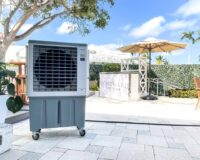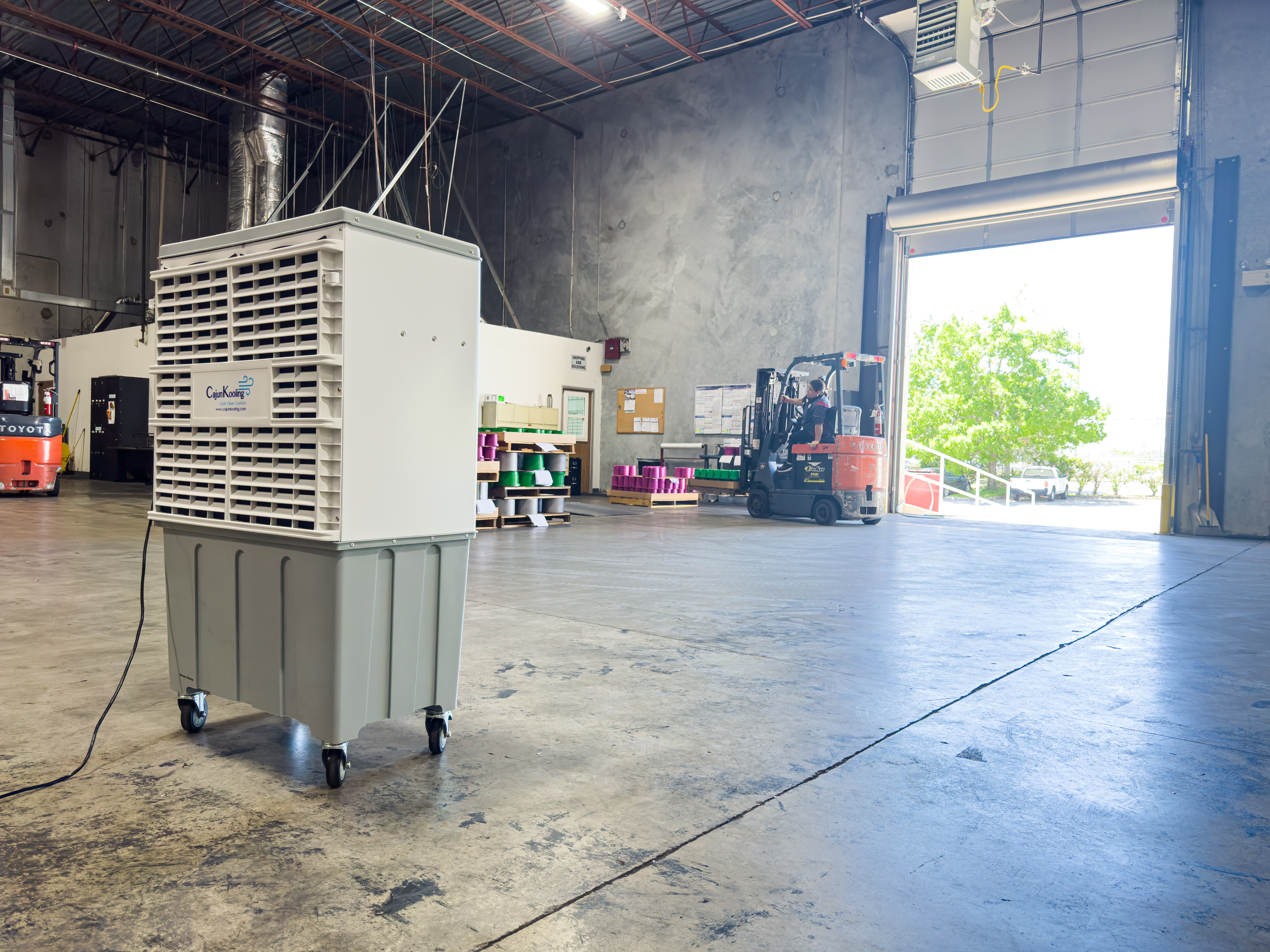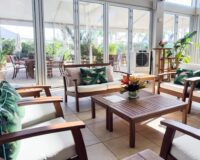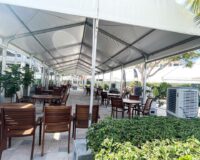Can You Use a Swamp Cooler Indoors? Pros, Cons, and Best Practices
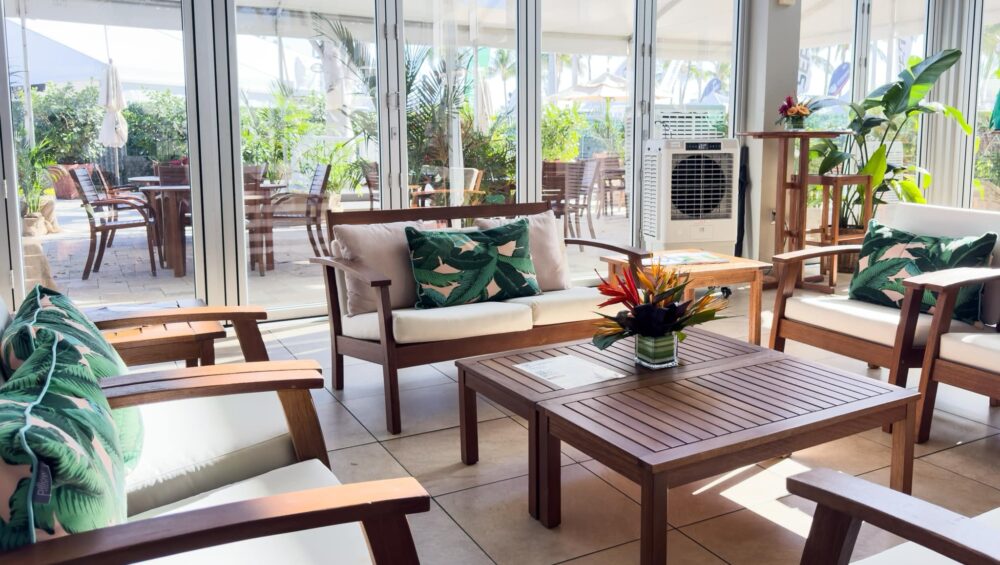
Swamp coolers, also known as evaporative coolers, are a popular alternative to traditional air conditioning—especially in dry climates. But many homeowners and business owners wonder:
Can you safely and effectively use a swamp cooler indoors?
The short answer is yes—but with some important considerations. In this article, we’ll break down the pros and cons of indoor evaporative cooling and share best practices to ensure you get the most from your unit without creating new problems.
✅ The Pros of Using a Swamp Cooler Indoors
1. Lower Energy Bills
Swamp coolers use a simple fan-and-water system to cool air, consuming far less electricity than traditional HVAC systems. If you’re trying to keep your electric bill down, they can be a game-changer—especially during peak summer months.
2. Eco-Friendly Cooling
Evaporative coolers don’t rely on refrigerants or compressors. That means no harmful chemicals, and significantly less strain on the grid. If you’re trying to reduce your carbon footprint, this is a smart option.
3. Adds Comfortable Moisture
In dry climates or during heater-heavy winters, swamp coolers add beneficial humidity to the air. This can help with dry skin, irritated sinuses, and static electricity indoors.
⚠️ The Cons (and What to Watch Out For)
1. Requires Ventilation
Evaporative coolers need a steady flow of fresh air to work effectively indoors. Unlike a closed-loop air conditioner, they function best when there’s an open window, door, or exhaust point to let warm air escape and prevent humidity buildup.
Solution: Crack open a window or door in the room you’re cooling. Ideally, place the cooler near an open window and position the exhaust path on the opposite side.
2. Raises Indoor Humidity
In areas with existing high humidity, adding more moisture can lead to a sticky, uncomfortable environment—or even encourage mold and mildew growth if ventilation is poor.
Solution: Only use swamp coolers indoors in dry or moderately humid climates. Avoid using them in rooms like bathrooms or basements where moisture tends to linger.
3. Limited Cooling Power
Swamp coolers don’t lower temperatures as dramatically as air conditioners. Instead, they provide a noticeable cooling breeze that can lower the temperature by 10–20°F, depending on your environment.
Solution: Use them in open areas, near seating zones, or as a supplement to other systems in peak heat.
💡 Best Practices for Indoor Swamp Cooler Use
Here’s how to use a swamp cooler safely and effectively indoors:
-
✅ Choose the right size unit (based on CFM and square footage).
-
✅ Allow cross-ventilation with an open window or door.
-
✅ Use in dry climates for best results (ideal relative humidity: under 50%).
-
✅ Clean pads and water reservoir regularly to prevent odors and bacteria buildup.
-
✅ Don’t use with a dehumidifier or HVAC that’s set to dry mode—they’ll fight each other.
-
✅ Monitor indoor humidity with a hygrometer. If it consistently rises above 60%, it’s time to reduce use or increase airflow.
🏡 Best Indoor Use Cases
Swamp coolers can work well indoors in the following scenarios:
-
Workshops or garages with open doors or windows
-
Living rooms with large sliding doors
-
Sunrooms or enclosed patios
-
Open-plan office spaces with access to outside air
-
Gyms or fitness rooms where airflow is a priority
💬 Final Thoughts
Yes, you can use a swamp cooler indoors—and in many cases, it’s a smart, cost-saving move. But you need to set up your space correctly to avoid excess humidity and ensure proper airflow. If you’re in a dry climate and want to reduce your AC dependency, an indoor evaporative cooler could be a perfect fit.
🛒 Need Help Choosing a Swamp Cooler?
Cajun Kooling offers a range of high-performance evaporative coolers suitable for indoor, outdoor, residential, and commercial use. Not sure which model is right for your space? Contact our team for expert advice and get cool the Cajun way.


